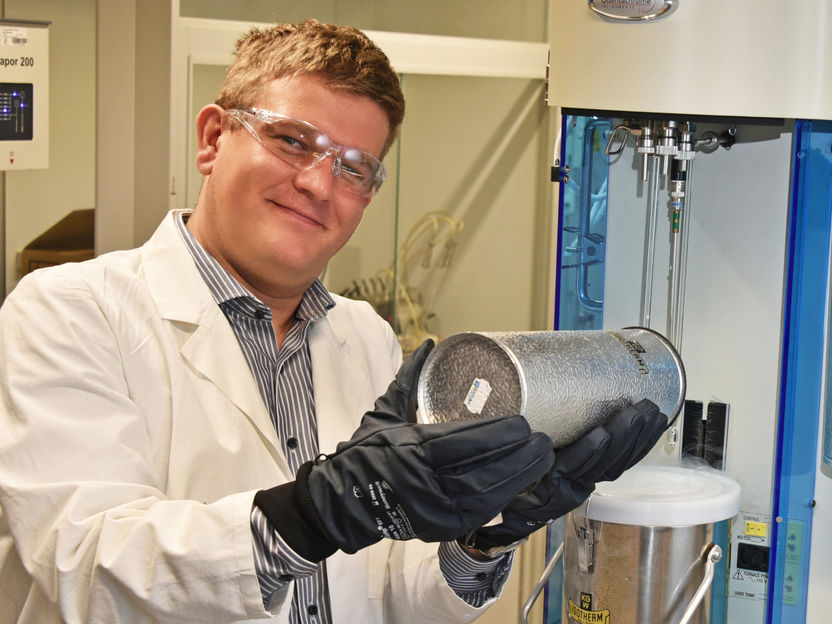ACCELRYS ANNOUNCES RELEASE OF SOFTWARE FOR PREDICTING ADME IN EARLY DRUG DISCOVERY
Accelrys (a subsidiary of Pharmacopeia Inc., NASDAQ: PCOP) announces the release of C2.ADME, part of the Cerius2® simulation software environment. C2.ADME offers chemists easy access to powerful and validated computational models for predicting ADME (absorption, Distribution, metabolism, and Excretion) properties derived from chemical structures.
C2.ADME provides fast computation by only requiring 2D structures as input, and processes as many as 2 million molecules/hr. This computational performance allows scientists to use these models in early drug discovery with large databases or libraries of compounds. It uses Absorption, Blood Brain Barrier (BBB), and Solubility models for ADME prediction. The models are based on a large training set of compounds, which were derived using carefully assessed literature data and some novel data modeling methods, allowing for all-inclusive coverage of chemical space. This large dataset provides accurate and well-validated models because of the thorough coverage of the property ranges and the reduced chance of bias towards particular chemical types.
Scott Kahn, Senior Vice President of Life Science Modeling and Simulation at Accelrys, said, “ADME prediction has never been easier. The freedom, flexibility, speed, and efficiency that C2.ADME offers is sure to make significant contributions to any drug discovery and development effort.”
C2.ADME is designed to significantly reduce drug discovery expenses without increasing development and evaluation time by providing computational ADME/Tox prediction tools that aim to predict problematic new chemical entities (NCEs) at an early stage of the development process. Optimization of ADME properties is critical because nearly 90% of NCEs fail after their Investigational New Drug (IND) filing, and about half of these failures are caused by ADME/Tox deficiencies.
Most read news
Organizations
Other news from the department research and development

Get the chemical industry in your inbox
By submitting this form you agree that LUMITOS AG will send you the newsletter(s) selected above by email. Your data will not be passed on to third parties. Your data will be stored and processed in accordance with our data protection regulations. LUMITOS may contact you by email for the purpose of advertising or market and opinion surveys. You can revoke your consent at any time without giving reasons to LUMITOS AG, Ernst-Augustin-Str. 2, 12489 Berlin, Germany or by e-mail at revoke@lumitos.com with effect for the future. In addition, each email contains a link to unsubscribe from the corresponding newsletter.




























































